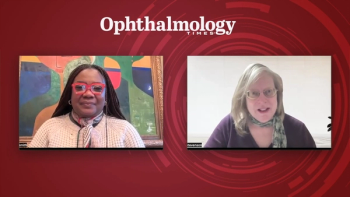
Supplement MIOLs in the ciliary sulcus: Perhaps a good refractive option
The approach seems to provide high levels of spectacle independence and patients' satisfaction, with limited complications associated.
Spanish investigators who conducted a literature review1 found that the use of supplemental multifocal intraocular lenses (MIOLS) in the ciliary sulcus provide good distance and near visual acuities and high levels of both spectacle independence and patient satisfaction with few complications, according to Carlos Rocha-de-Lossada, MD, from the Ophthalmology Service, Hospital Regional Universitario de Málaga, Málaga, Spain, and colleagues.
The results were based on 15 articles that were selected and reviewed.
The study included 384 eyes of 227 patients. The investigators commented on the limitations of articles, in that they had short follow-up periods and poor or limited designs, e.g., case reports, case series, and clinical trials with several methodologic gaps.
Rocha-de-Lossada reported that the postoperative uncorrected distance and near visual acuities ranged from 20/40 to 20/20 and from 0.4 to 0.02 logarithm of the minimum angle of resolution, respectively.
The complications that were mentioned most often were pigment dispersion in 12 eyes and deposits in 13 eyes. The most common visual disruptions were dysphotopsia, glare, and halos.
Despite this, most patients were highly satisfied with the surgery.
The researchers pointed out that 13 of the 15 articles reviewed achieved a risk-of-bias score between 6 and 8, which represents a high level of evidence despite the limitations of the study designs.
The study concluded, “Supplemental MIOLs seem to offer good distance and near visual results, leading to high levels of spectacle independence and patients' satisfaction, with limited complications associated. However, more studies with a more robust design are needed to confirm these trends.”
Reference
Rocha-de-Lossada C, Zamorano-Mattin F, Piñero DP, et al. Systematic review of the use of supplemental multifocal intraocular lenses in the ciliary sulcus for presbyopia correction. J Refract Surg. 2021;37:830–835; published online: December 01, 2021; https://doi.org/10.3928/1081597X-20210920-01
Newsletter
Don’t miss out—get Ophthalmology Times updates on the latest clinical advancements and expert interviews, straight to your inbox.





